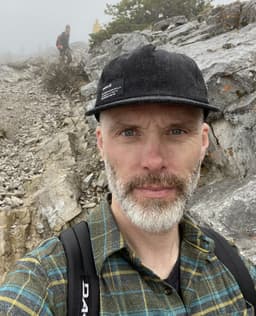Getting back to the core of your message
April 17, 2017
Finding the core message of a project is essential in order to shape all other details. Once we find this central message all other smaller details fall into place.

Once we find the central core message or value we give our users, all the smaller details of a project fall into place.
In university, I had the chance to take a couple of philosophy classes, some of which turned out to be my favourite courses. One discussion that’s stuck with me from those days is the dichotomy of particulars versus universals or more specifically, our attempt to find universal concepts and ideas from common particulars.
Where to focus?
When developing strategies for communicating our ideas and messages to people, we sometimes try to do the same thing. We can get stuck on all of the particulars and it can bog us down. For instance, we can slave for hours over how something is said or worry about the proper titles for a section of content. But if our project is a forest, these small decisions are the trees. Don’t get me wrong, the ‘trees’ are important. But in many ways they are secondary, they are polish.
What we sometimes lack is the clarity to actually look at the forest (project) as a whole. It’s really hard to do this well: to forget about the small immediate details and see the bigger picture.
What should I look for?
What do you look for when looking at the forest? It’s about cutting to the core, trying to divine the central message of idea that everything else works from. To help cut to the core, start to ask (and re-ask) yourself these questions
What is the main goal that you try and accomplish with your business?
How do you want your customers to perceive your organization?
What is the key benefit you give to your customers?
If people learn one thing from you, what is the most important message?
When we take the time to make these big decisions, it actually can make all those smaller decisions easier. Once the heavy lifting is done, we can move forward and shape the particulars to reinforce the universal messages.
The forest, then the trees
Perhaps instead of seeing the forest from the trees, we should try to see the forest then the trees: taking care of the big ideas first and letting the little things fall in place. Little problems and needs will always exist in any project, but they can detract and dilute our message if we let them take lion’s share of our attention. They shouldn’t cloud our vision from seeing the big goals, that is the ideas and messages our projects really need to be successful.
Author(s)

Micah Slavens
Micah has been working on the web since 1999. In 2002, he co-founded Lift Interactive. Since then, he’s lead hundreds of successful projects for non-profits, technology start-ups, destinations, and attractions.